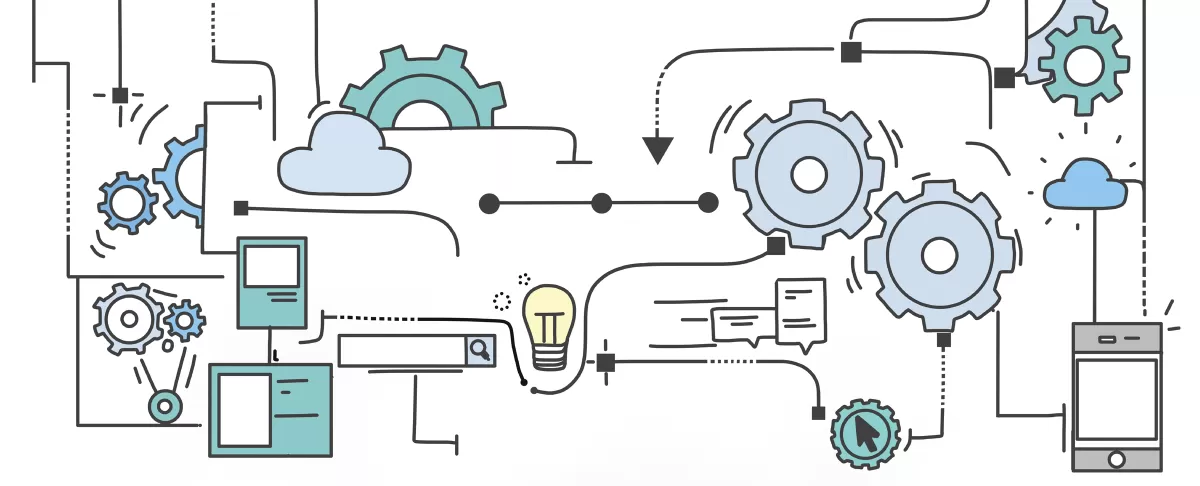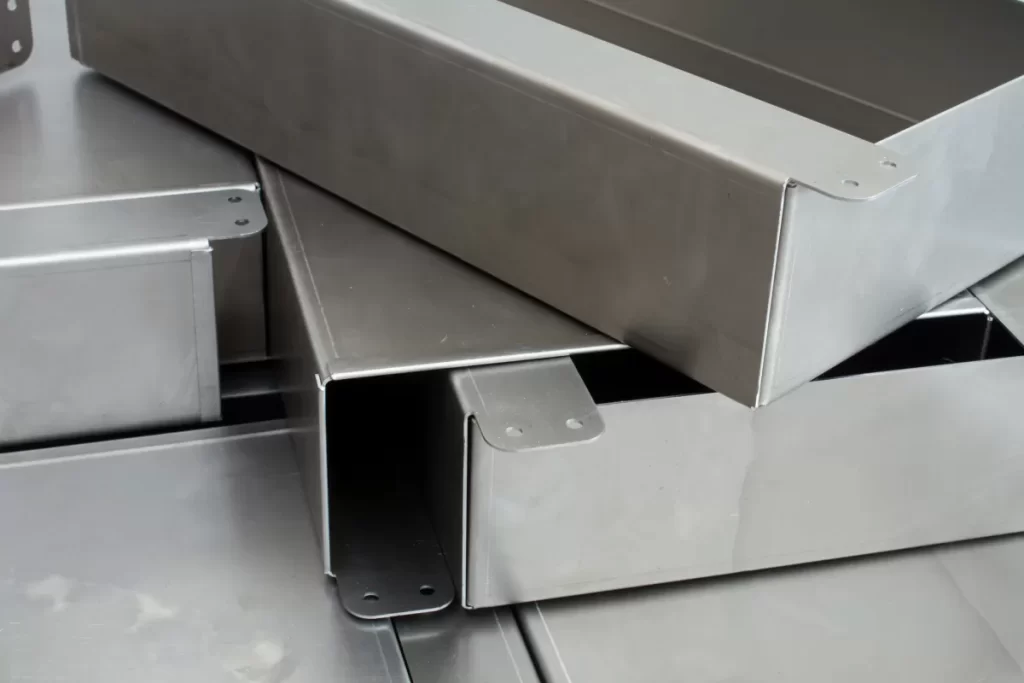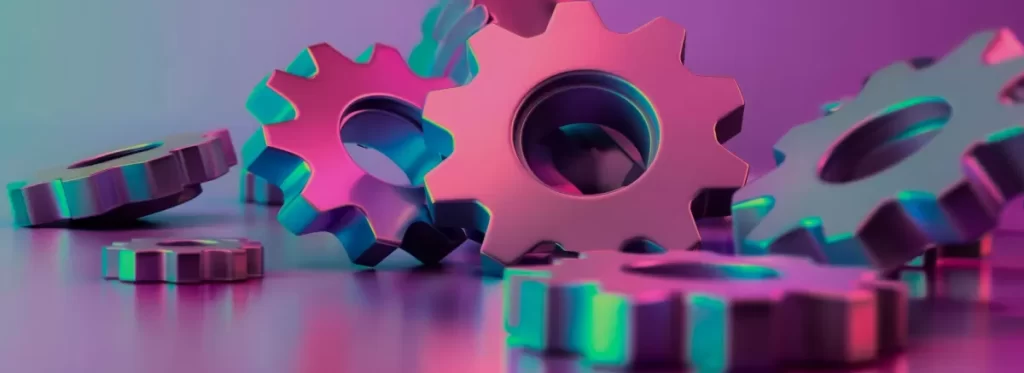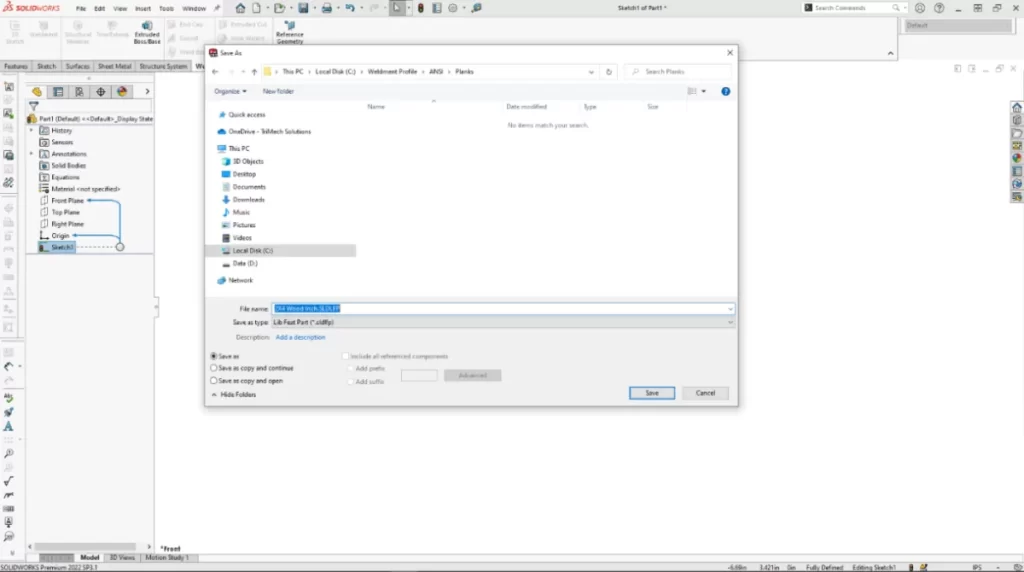Understanding Calipers Types and Functions
If you’ve ever wondered how to get accurate measurements for your projects, knowing the types of calipers and how they work is a great place to start. Calipers are essential precision machining tools used across many fields, from CNC machining to everyday mechanical work.
Overview of Caliper Types
There are three main types of calipers you should know:
- Vernier Calipers: These have a sliding scale that you read manually for high-precision measurements. They are reliable and don’t need batteries.
- Dial Calipers: These feature a dial for easy reading. They combine the precision of Vernier calipers with quick, visual measurement feedback.
- Digital Calipers: Offering instant digital readouts, these are very user-friendly and often allow easy unit conversion between inches and millimeters.
Each type has its place depending on your needs, but all rely on careful handling to deliver accurate results.
Key Parts of a Caliper
Understanding the parts helps you use calipers correctly:
- Jaws: The main measuring surfaces for inside, outside, and step measurements.
- Scale or Display: Shows the measurement reading.
- Depth Rod: Measures depth accurately.
- Thumbwheel: Helps in fine adjustments for a smooth, controlled motion.
Why Precision Matters
Precision isn’t just about small numbers—it’s about trust in your measurements. Whether you’re checking parts for a CNC machining project or working on detailed fabrication, even minor errors can lead to parts not fitting or machines not running properly. Accurate caliper measurements ensure quality, reduce rework, and save time and money.
In short, knowing your caliper type and parts, and why accuracy is crucial, sets the foundation for mastering measurement and achieving professional results every time.
Essential Tips for Using Calipers Correctly

Using calipers the right way makes all the difference in getting accurate measurements. Here are some simple but important tips to keep your caliper readings spot on:
-
Always Zero Your Calipers
Before you start measuring, make sure to reset your calipers to zero. This applies whether you’re using digital or dial calipers. Skipping this step can lead to inaccurate measurements from the start.
-
Maintain Clean Jaws and Surfaces
Dirt, dust, or grease on the jaws can throw off your caliper readings. Wipe the measuring surfaces clean before and after each use to keep measurements reliable.
-
Apply Consistent Gentle Pressure
Avoid squeezing the caliper jaws too hard. Using gentle, steady pressure ensures the part isn’t compressed and the caliper isn’t bending, both of which can skew results.
-
Ensure Proper Alignment
Make sure the caliper jaws are square to the object being measured. Measuring at an angle is a common mistake and leads to incorrect size readings.
-
Calibrate Regularly
Check your calipers against a known standard like a gauge block or calibration standard. Regular calibration guarantees you’re working with precision tools, especially for critical CNC measurement accuracy.
Following these tips will help you get the most accurate and consistent measurements from your calipers every time.
Advanced Tricks for Caliper Mastery

Once you’ve got the basics down, these advanced caliper measurement tips can help you get even more from your tool:
-
Measuring Center-to-Center Distance
To find the distance between the centers of two holes, use the inside jaws to measure the outer edges, then add the diameter of one hole to your measurement. This trick is great for checking bolt hole patterns without extra tools.
-
Scoring Materials with Caliper Jaws
You can lightly score or mark materials like soft metals or wood using the inside or outside jaws. Just apply gentle pressure and lightly drag the jaws across the surface. It’s handy for a quick guide line before cutting or drilling.
-
Comparing Dimensions with Zero Function
Use the zero button on digital calipers to set a baseline measurement. This lets you compare parts quickly by showing relative differences instead of absolute values, which saves time in quality checks.
-
Converting Units Easily
Most digital calipers switch between inches and millimeters with a single button press. This makes it simple to work on projects that require both metric and imperial units, keeping your measurements accurate and hassle-free.
-
Depth and Step Measurements
Don’t forget the depth rod on your calipers—it’s perfect for measuring slot depths, holes, and step heights. Slide the caliper jaws out and align the depth rod properly for quick and reliable depth checks.
These tricks help you unlock the full potential of your calipers, making measuring tasks faster and more precise for any machining or DIY project.
Common Mistakes to Avoid
Using calipers correctly means steering clear of some common errors that can throw off your measurements. Here are top mistakes to watch out for:
-
Over-Tightening Jaws
It’s tempting to clamp down hard for a steady read, but over-tightening can damage both the caliper and the part. Use just enough pressure to hold the object gently without squeezing.
-
Ignoring Environmental Factors
Temperature changes can affect your caliper and the material you’re measuring. Avoid measuring in extreme heat or cold, and give your caliper time to adjust to room temperature for better CNC measurement accuracy.
-
Skipping Zero Checks
Always zero your calipers before each measurement. Skipping this step is a common cause of errors, especially if you’re switching between materials or tasks.
-
Using Calipers for Inappropriate Tasks
Calipers are precision machining tools meant for measuring dimensions, not prying, hammering, or as makeshift tools. Misusing them can lead to inaccurate readings and tool damage.
Avoiding these pitfalls helps maintain consistent caliper measurement tips and keeps your readings reliable.
How HYCNC Ensures Precision in CNC Projects
When it comes to CNC machining, precision is everything. At HYCNC, we bring years of expertise and advanced technology together to deliver accurate, reliable results every time. Our team understands the critical role precise measurements and calibration play in successful CNC projects, which is why we use top-quality measurement tools, including digital and Vernier calipers, to maintain tight tolerances across all parts.
We offer comprehensive CNC machining services tailored to your specifications, ensuring your designs are brought to life with the highest accuracy. From prototype work to full production runs, HYCNC is committed to quality control through every step of the process. We also provide resources and guidance on measurement techniques and caliper use, helping clients avoid common mistakes that can affect precision.
For more detailed tips on measurement and reverse engineering, check out our guide on tips for reverse engineering. At HYCNC, precision starts with the right tools and expert knowledge, making us the trusted partner for your CNC machining needs.
FAQs
Difference Between Vernier Dial and Digital Calipers
Vernier calipers have a manual scale and take practice to read accurately. Dial calipers use a needle on a dial for easier reading but can be less precise if the dial gets damaged. Digital calipers show measurements on a screen, making them quick and simple to use with easy unit conversions. For everyday use, digital calipers are often preferred for their speed and ease of use.
How Often Should You Calibrate Your Calipers
Calibration depends on how often you use them. For regular CNC machining or precision work, calibrate every few months or after heavy use. Check calibration whenever you notice inconsistent measurements to keep accuracy in check.
Can You Use Calipers for Scoring Materials
Yes, you can lightly score materials using the caliper jaws. This trick helps mark exact points before cutting or machining. Just apply gentle pressure to avoid damaging the caliper’s jaws or the material.
How to Measure Center-to-Center Distance of Holes
Use the inside jaws of the caliper to measure the distance between hole edges, then add the diameters of the holes to find center-to-center distance. Some digital calipers have a zero function that lets you zero the caliper on one edge and directly measure center distance.
Why Do Caliper Measurements Vary With Temperature
Materials expand or contract slightly with temperature changes. Metal calipers and the object measured can both be affected. Always measure in stable room temperature for best precision, especially in machining or CNC projects where accuracy is critical.




